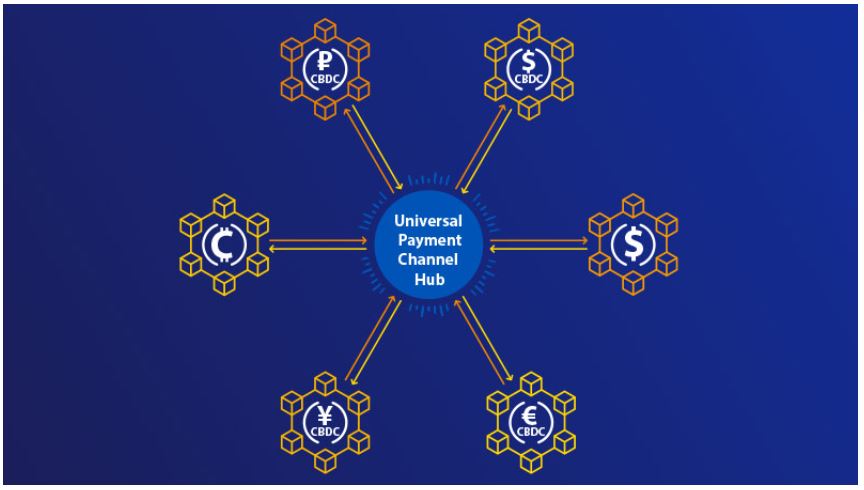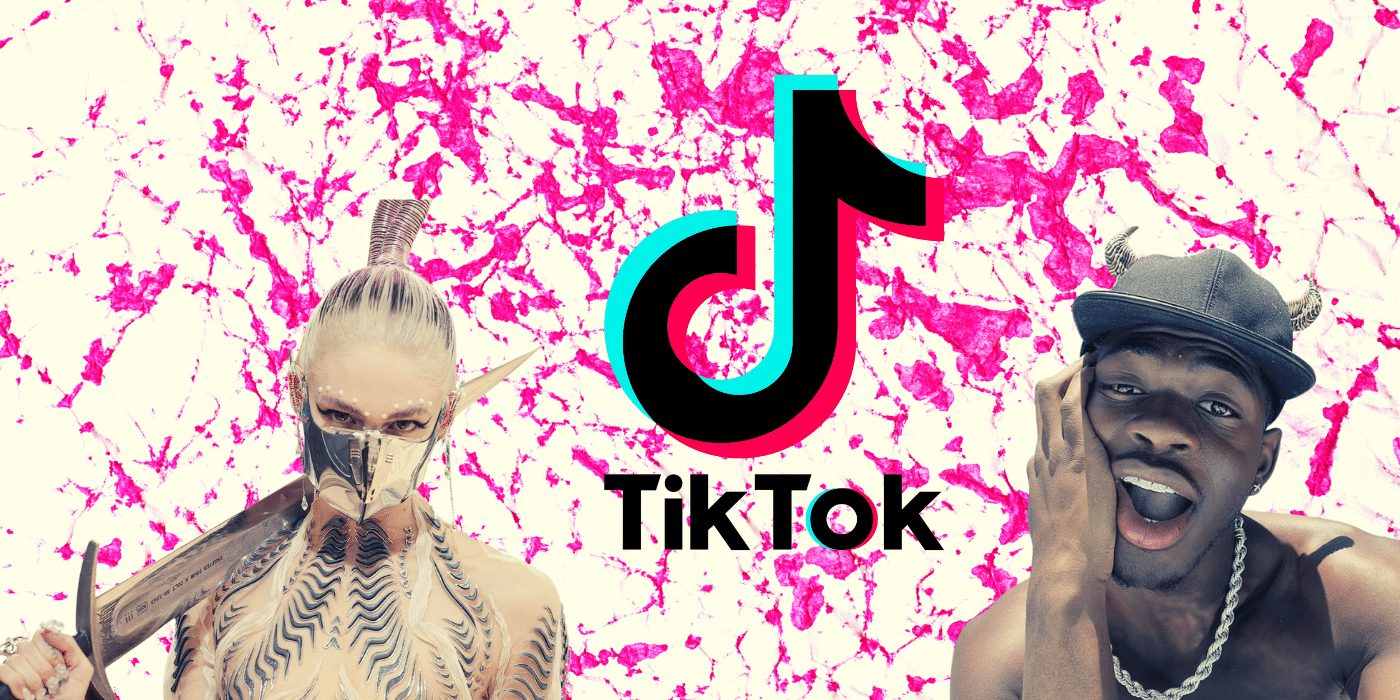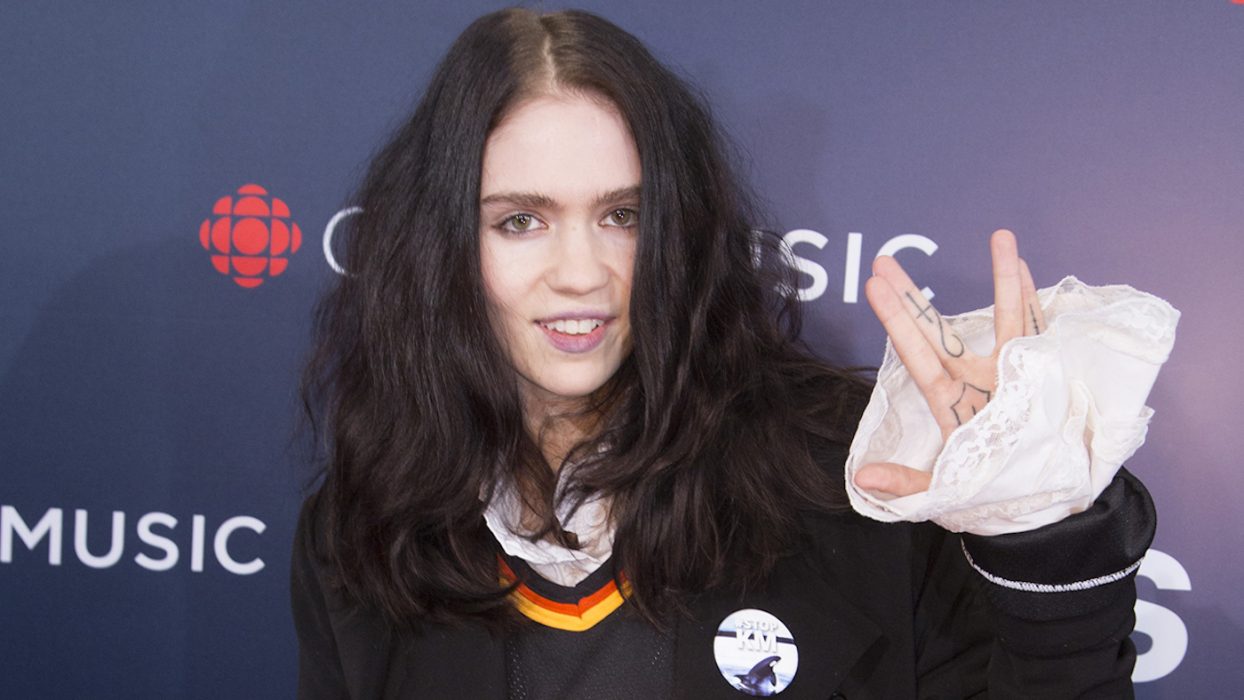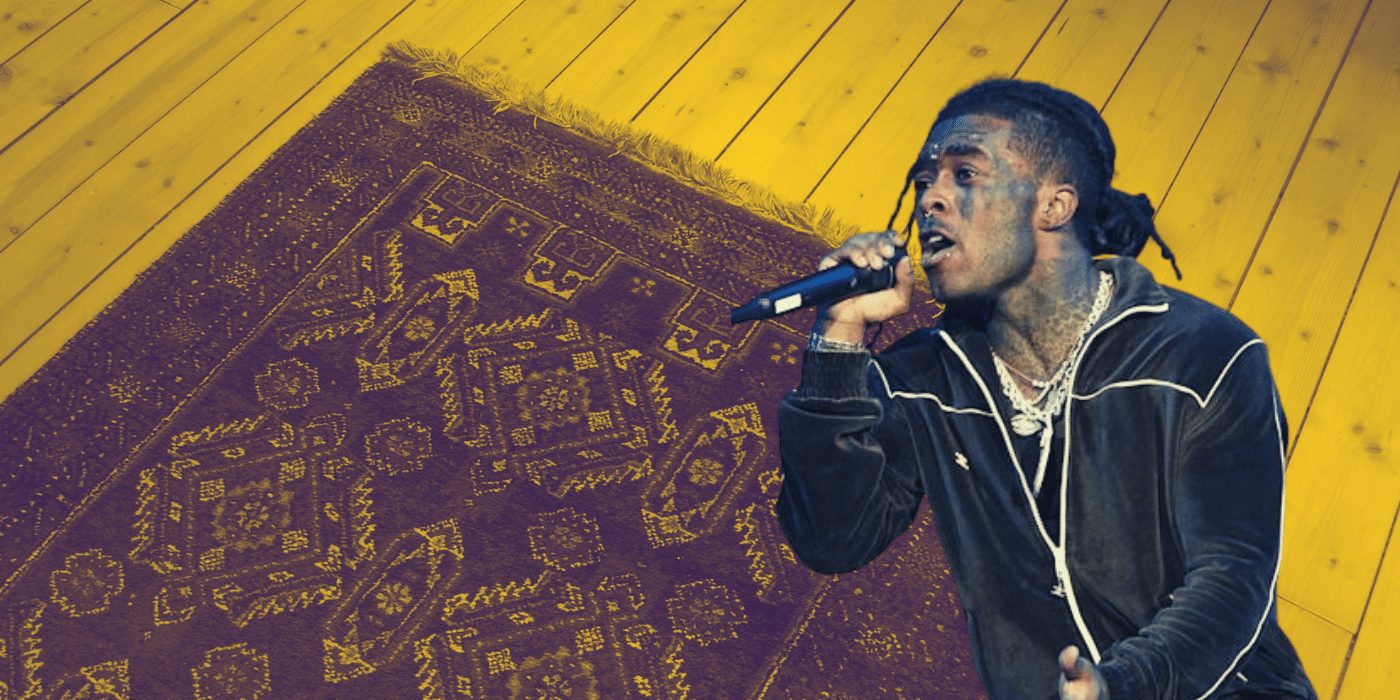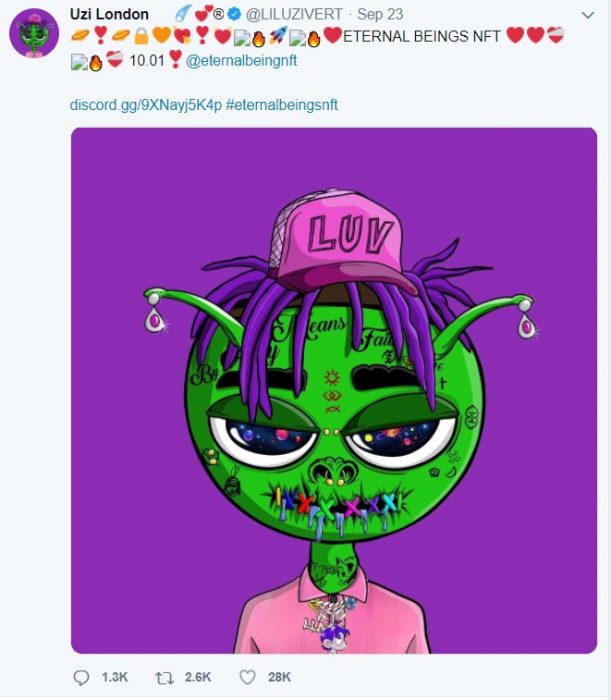MoneyGram, one of the major global remittance services, has partnered with the Stellar Foundation (XLM) to provide a bridge between digital assets and local currencies for consumers, with United Texas Bank serving as the settlement bank between USDC issuer Circle and MoneyGram.
A Bridge From Traditional Finance to Digital Assets
On October 6, MoneyGram announced it would be using the Stellar blockchain to facilitate instant and cheap transactions. The bridge will allow “money transfers and enables near-instant settlement in USDC, a stablecoin pegged to the US dollar developed by Circle”.
The pilot project started in the fourth quarter of this year and will be rolled out slowly during early 2022. The blockchain-enabled bridge for USDC stablecoins and local currencies will connect MoneyGram’s 150 million or so consumers to the blockchain.
Denelle Dixon, CEO and executive director of the Stellar Development Foundation, stated that “we’re trying to go as big as we can”.
Working with MoneyGram allows end consumers to have on- and off-ramps everywhere that MoneyGram’s vast agent network supports it. So this is just transformational in terms of being able to exchange crypto for fiat and fiat for crypto,
Denelle Dixon, CEO and executive director, Stellar Development Foundation
This means that any digital wallet connected to the Stellar network can leverage any of MoneyGram’s 400,000 locations across the globe to send and receive remittances in various fiat currencies.
MoneyGram has joined Visa, which is also in the process of creating a blockchain-based bridge for international Central Bank Digital Currencies (CBDCs) to increase the ease, cost and speed with which people can make payments.
Ripple’s Relationship with MoneyGram Winding Down
Ripple (XRP) has had a longstanding relationship with MoneyGram that started in 2019, but it has been winding down since the US Securities and Exchange Commission filed suit against Ripple in December 2020, saying the firm had violated federal securities laws.
However, MoneyGram’s chairman and CEO Alex Holmes has stated that the partnership with Stellar is an entirely different animal from the relationship MoneyGram had with Ripple, which leveraged the crypto firm’s on-demand liquidity (ODL) to facilitate foreign exchange (FX) trading.
The relationship MoneyGram and Stellar have is based around the direct link between consumer payments. According to Holmes, the challenge is to create a foreign exchange market in a completely new and different environment.
United Texas Bank to Facilitate Crypto Settlements
Banks are quite skittish to start dealing with crypto due to the murky regulatory space in which the industry now finds itself. Holmes stated that “United Texas bank is an established bank here and very focused on the opportunities in the crypto space. Not every bank is willing to step into the crypto world, and I think it says a lot about how progressive that bank is trying to be.”
Unfortunately, a lot of regulation ends up being a look back. I think the blockchain and digital asset worlds [have] really accelerated, and now I see a lot of regulators looking to catch up.
Alex Holmes, chairman and CEO, MoneyGram





